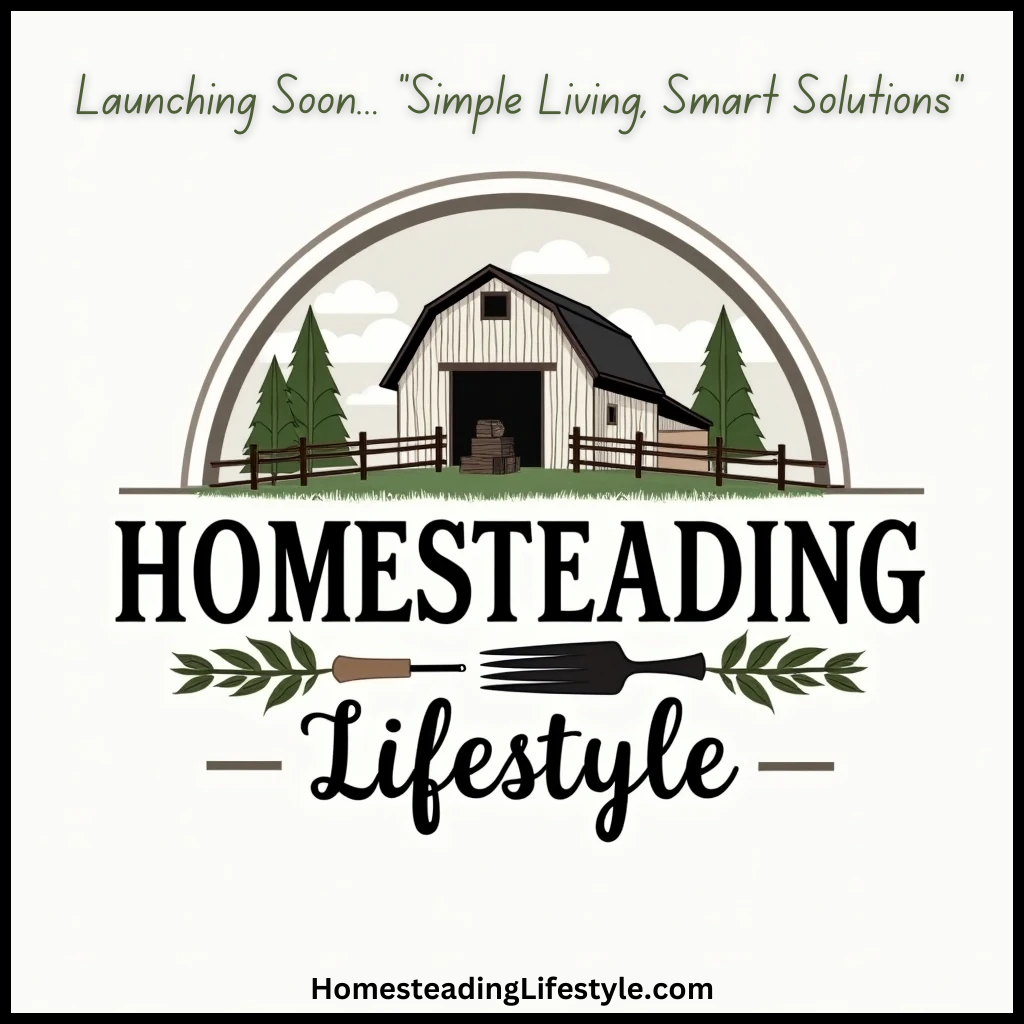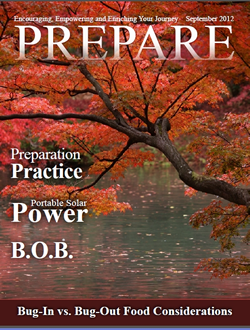Choosing the Right Plants
Understand Your Climate
When I first started my indoor garden, I had this wild idea that every plant could thrive in my space. But let me tell you, not every plant is cut out for indoor living. Understanding your indoor climate—like the temperature and humidity levels—helps you choose plants that will flourish. Researching which plants are best suited for your conditions is key.
For instance, I discovered that herbs like basil and mint do well indoors, as do leafy greens like spinach and kale. They don’t just grow; they thrive! It’s like giving a little present to yourself every time you make a salad or a fresh pesto.
On the flip side, I learned that more tropical plants might not do so well without proper care. Knowing this helps avoid that heart-wrenching moment when you see a beloved plant droop and wither away. Trust me; these choices matter a ton!
Seed Selection
Next up in my journey was seed selection. Honestly, standing in the gardening aisle, it was hard to figure out what to grab. Go for high-quality seeds—this ensures a better germination rate, meaning more green goodness for you! I found that using heirloom varieties can offer unique flavors and resilience.
Also, consider hybrid seeds. They usually grow faster and are often more resistant to pests and diseases. All points considered, variety is key! You can always mix it up by trying different kinds of tomatoes or peppers to keep things interesting.
I’ve learned that keeping a record of what seeds you planted, when, and how they performed can clarify which varieties work best in your setup. It’s a great way to learn and improve for the next growing season!
Growth Stages
Understanding the growth stages of your plants is a game changer. During my first round of indoor gardening, I was blown away by how quickly plants can change. From seeds to seedlings and then to mature plants, each stage brings its own set of challenges and rewards.
For instance, seedlings need plenty of light but also protection from pests. I set up some simple light fixtures to ensure they got enough sun, and it worked wonders! Later, as the plants matured, I learned about the different watering needs. Not too much or too little—a true balancing act.
Embracing this growth timeline helps you spot issues early and act swiftly, ultimately leading to a bountiful year-round harvest. It turned my gardening experience into something incredibly fulfilling.
Lighting Solutions
Natural Light vs. Artificial Light
Lighting is where things really started to get fun for me. I had a south-facing window that I thought would be magical. But let me tell you, not all plants get enough light from natural sources alone, especially during those gloomy winter months. So, I delved into the world of grow lights!
Initially, I was skeptical about artificial lighting. However, using LED grow lights turned into my secret weapon. They’re energy-efficient, produce minimal heat, and provide the spectrum of light needed for all growth stages.
Mixing natural light with artificial has created an extra cozy atmosphere in my home. I can’t help but smile seeing my plants reach toward the light, almost waving hello as I walk by. Bonus: they make for a super cool home decor piece!
Light Duration
A quick lesson I learned was the importance of light duration. Most plants need about 12-16 hours of light daily. I use a timer to turn my grow lights on and off, so I don’t have to think about it. This consistency helps keep my plants happy and healthy without any unnecessary stress.
There are exceptions, like some herbs that might need less light, so keep an eye on your plants. Adjusting the light duration can boost their growth significantly. Plus, your plants will thank you with vibrant colors and luscious leaves!
When you see the difference in growth, it’s like a little victory dance. My plants happily stretch toward their light in a way that just brightens my whole day!
Adjusting to Seasons
As the seasons change, so should your lighting intensity and duration. During winter, I keep my lights a bit closer and adjust their timing, like an indoor garden version of seasonal wear. The goal is to mimic nature as much as possible.
I’ve had to experiment a bit to see what works best. For me, the growing season started in spring; it meant ramping up light intensity. It’s been so rewarding to watch my little plants bask in that full-spectrum light and just revel in their own awesomeness!
Understanding and adapting to these seasonal changes has made my indoor gardening not just a hobby, but a year-round passion. And trust me, when you taste produce from your own hands, it’s absolutely priceless!
Watering Techniques
Water Requirements
I’ve learned the hard way that overwatering can be just as dangerous as underwatering. Each plant type has its own quirks—some thrive being kept moist, while others prefer to dry out a bit between waterings. I keep a watering schedule that varies depending on the plant.
I found that checking the topsoil for dryness is a valid method; if it’s dry an inch down, it’s time to water! This little trick has saved many a plant from drowning while allowing others to drink up just the right amount.
Getting the watering game right can feel like mastering a craft. The thrill of seeing a plant revive after a little TLC is what keeps me hooked on this gardening journey!
Water Quality
Next, I started paying attention to water quality. Tap water tends to have additives or chlorine, which can stress plants. So, I’ve taken to using filtered water. It’s amazing how a simple switch can make a big difference!
Some people even recommend letting tap water sit out for 24 hours to allow chemicals to dissipate. I find that one mighty mountain of knowledge, and it’s easy to incorporate. It makes me feel good knowing that I’m giving my plants the best!
For anyone serious about indoor gardening, paying attention to the smallest details, like water quality, can lead straight to happier, healthier plants. Your greenery deserves the best, don’t you think?
Humidity Levels
This has been a game changer for me! Many indoor plants appreciate a bit of humidity to thrive. I initially thought all my plants were failing due to the dry air. It turns out a simple humidity tray can help maintain moisture in the air around your plants.
I often mist my plants, particularly those tropical beauties that crave humidity like it’s their lifeline. Watching them perk up after misting makes me feel like a proud plant parent!
For those who want to go the extra mile, investing in a small humidifier could work wonders. It’s like taking your plants from drab to fab with a little extra love!
Pest Control Strategies
Preventative Measures
No one wants pests invading their indoor oasis, right? I’ve found that preventative measures are far less stressful than dealing with an infestation. Regularly checking my plants for any signs of trouble has been super helpful. It’s all about being proactive!
Another easy win? Keeping my gardening area clean! Dead leaves or debris can invite unwanted guests, so I take a couple of minutes each week to tidy up. A little preventive maintenance goes a long way!
Adding beneficial insects like ladybugs can ironically help keep the bad pests at bay too. It’s like having tiny soldiers guarding my garden, and I can’t help but love that little ecosystem vibe!
Natural Remedies
When I do spot pests, I usually turn to natural remedies first before diving into harsh chemicals. Sprays made from soap and water or neem oil can deal with those pests quite effectively while keeping plants safe. I’ve had great success with this method!
I’ve heard that garlic sprays can work wonders, too. Who knew such simple household items could double as garden defenders? It makes my eco-friendly heart so happy!
By using these natural methods, I can keep my plants thriving and my conscience clear. Gardening should be a joy, not a stressful chore, right?
Professional Help
Sometimes, despite all the love and care, pests can sneak past my defenses. That’s when I reach out for help. I’ve found local gardening clubs or cooperative extensions to be a goldmine of resources.
Connecting with fellow gardeners can provide insights on pest management tailored to your specific situation. It’s like having a community of garden gurus by your side, ready to cheer you on and share wisdom!
Remember, tackling pests is a learning experience for outdoor and indoor gardening, and staying informed puts you ahead of the game. You got this!
Harvesting Techniques
Timely Harvesting
The best part of indoor gardening? Harvesting your produce! It’s like a reward for all the hard work. I learned quickly that timing is everything. Some plants need to be harvested when they’re young for peak flavor, while others can hang longer.
Watching my plants ripen has been a highlight of my gardening journey. Understanding when to snip those herbs or pick that plump tomato makes all the difference. It’s a rush of joy that never gets old!
Whenever I harvest, I think of all the meals I can create. Tasting what I’ve grown fills me with such a sense of accomplishment. That sense of freedom, my friends, is life-changing!
Proper Tools
Having the right tools has been crucial for harvesting. Sharp scissors or pruning shears make clean cuts, helping all my greenery stay healthy. I keep those tools handy because no one wants to battle with a plant trying to harvest.
Also, don’t go cutting without a plan! I’ve made a calendar to help me remember what to harvest and when. It feels so organized and helps me keep tabs on what needs attention.
Investing in the right tools makes this whole process smoother and quicker. Bonus perk? Those trusty scissors help me prep for meals in a snap!
Storing Your Harvest
After I’ve harvested, storing becomes a whole new adventure. I’ve learned that some herbs can easily dry out, while others do better in the fridge. Finding what works has become my little oral research project!
Freezing fresh produce has also been a game changer for me. It’s like I can save summer for winter! I find joy in prepping meals with my homegrown goods throughout the year. It’s like little bursts of summer every time I cook.
Each step is about celebrating the effort that went into your garden. So, I always take a moment to appreciate the food I’ve grown and enjoy the fruits of my labor! It’s truly gratifying.
Conclusion
Indoor gardening for year-round produce takes a little bit of effort, but it’s oh-so-worth-it! From choosing the right plants to learning harvesting techniques, every step brings joy and nourishment into your life. I hope my experiences inspire you to dive into your indoor gardening adventure, cultivating deliciousness right at home!
FAQs
-
Can I really grow vegetables indoors year-round?
Absolutely! With the right conditions, you can have fresh produce all year long. Choosing the right plants and understanding their needs is key!
-
What lighting do I need for indoor gardening?
LED grow lights are a fantastic option if natural light isn’t sufficient. They provide the necessary spectrum for your plants to thrive.
-
How often should I water my indoor plants?
Watering depends on the type of plant, but checking soil moisture regularly will guide you. Generally, water when the top inch of soil is dry.
-
What’s the best way to keep pests away?
Regularly inspect your plants and maintain cleanliness. Natural remedies, like neem oil and soap sprays, can work wonders too!
-
How do I store harvested produce?
It depends on what you’re storing. Herbs can be dried or kept fresh in the fridge, while many vegetables freeze well for longer storage.





